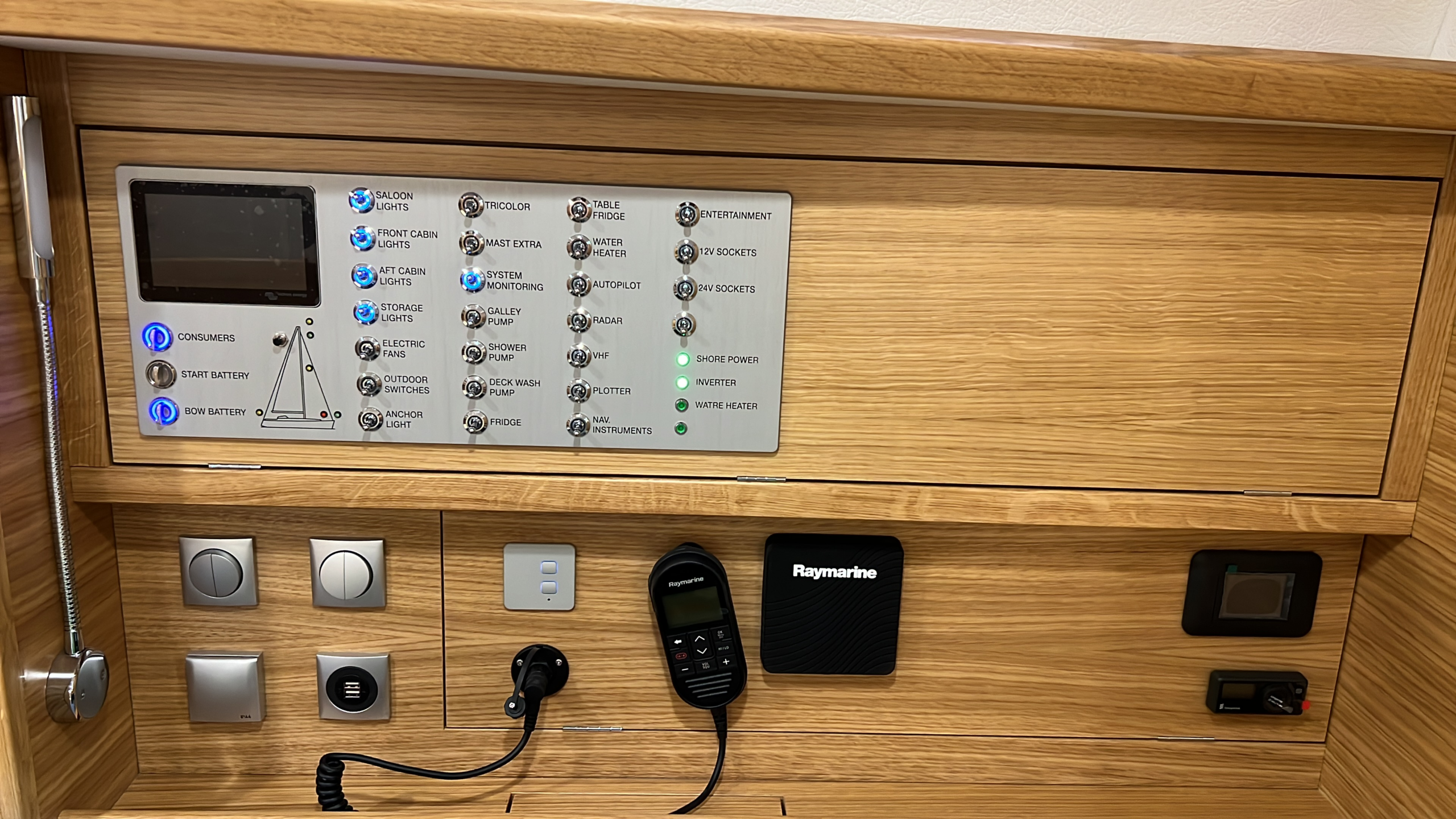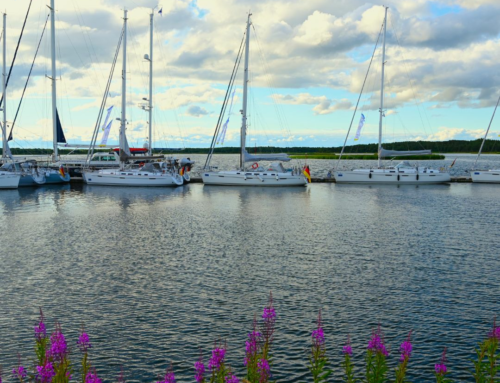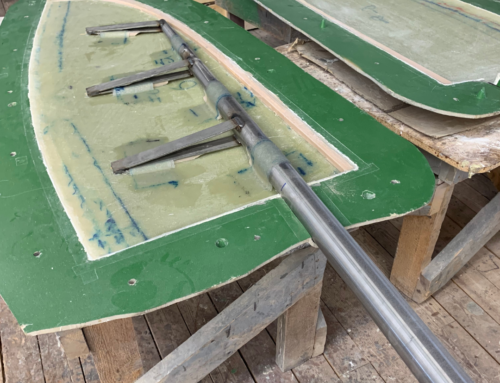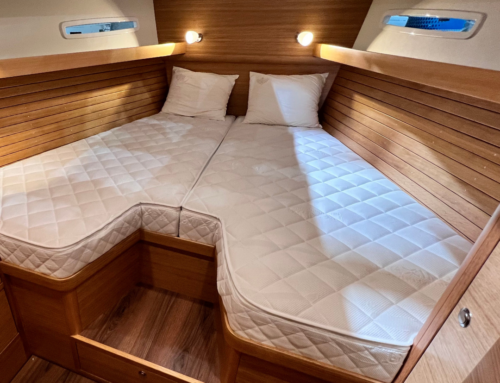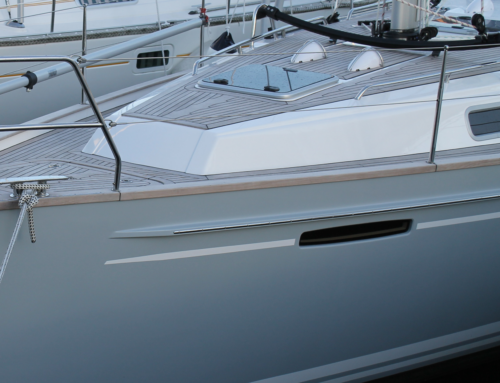Innovative Onboard Electronics
For many years, we at Saare Yachts have been deeply engaged in the development and optimization of modern energy supply systems on sailing yachts.
A lot has changed in recent years. Batteries, charging technology, and many other components are now designed and built completely differently than they were just a few years ago.
History of Onboard Electronics
Sixty years ago, most sailing yachts had only one battery—a standard lead-acid car battery with 50 or 70 Ah. This single battery was responsible for powering all onboard consumers as well as serving as the starter battery. Family yachts of that time measured between 7 and 9 meters in length, and their electrical needs were limited to navigation lights, some interior lighting, and an echo sounder.
In the 1970s and 80s, additional equipment such as cooling boxes and, eventually, diesel heaters were introduced. Batteries were charged with portable chargers, often reaching their capacity limits, which meant that conserving power onboard was a constant concern. It was common practice to switch off navigation lights in open waters, turning them on only when other vessels were nearby.
Since a dead battery meant the engine couldn’t be started, the industry gradually shifted towards using a dedicated service battery separate from the starter battery. The service battery powered onboard electronics, while the starter battery was solely responsible for the engine.
With the introduction of diode isolators, both batteries could be charged via the alternator without being directly connected, preventing mutual discharge. Additionally, the service battery was charged via an integrated charger.
Modern Onboard Electronics
As yachts grew larger and expectations increased, more and more electrical equipment was introduced, significantly raising onboard power consumption.
Lead-acid batteries remained the standard for starter batteries, but service batteries evolved to include more efficient gel batteries and later AGM batteries. These offered higher capacity, lower self-discharge, and required little to no maintenance—no need to top up distilled water. Integrated chargers became common, and over the past two decades, new charging technologies emerged. Solar panels, wind generators, hydro-generators, and fuel cells were introduced, allowing batteries to be charged independently from shore power.
Self-Sufficiency is Key
The desire for greater self-sufficiency has grown steadily, but at the same time, so have energy demands.
Initially, onboard electricity was primarily needed for a cooling box and sometimes a bow thruster. Over time, additional systems were added—coffee machines, electric winches, more refrigeration units and freezers, televisions, bow and stern thrusters, electric stoves with ovens, and many other devices now require power. The challenge is to run all these systems for as long as possible, independently of shore power.
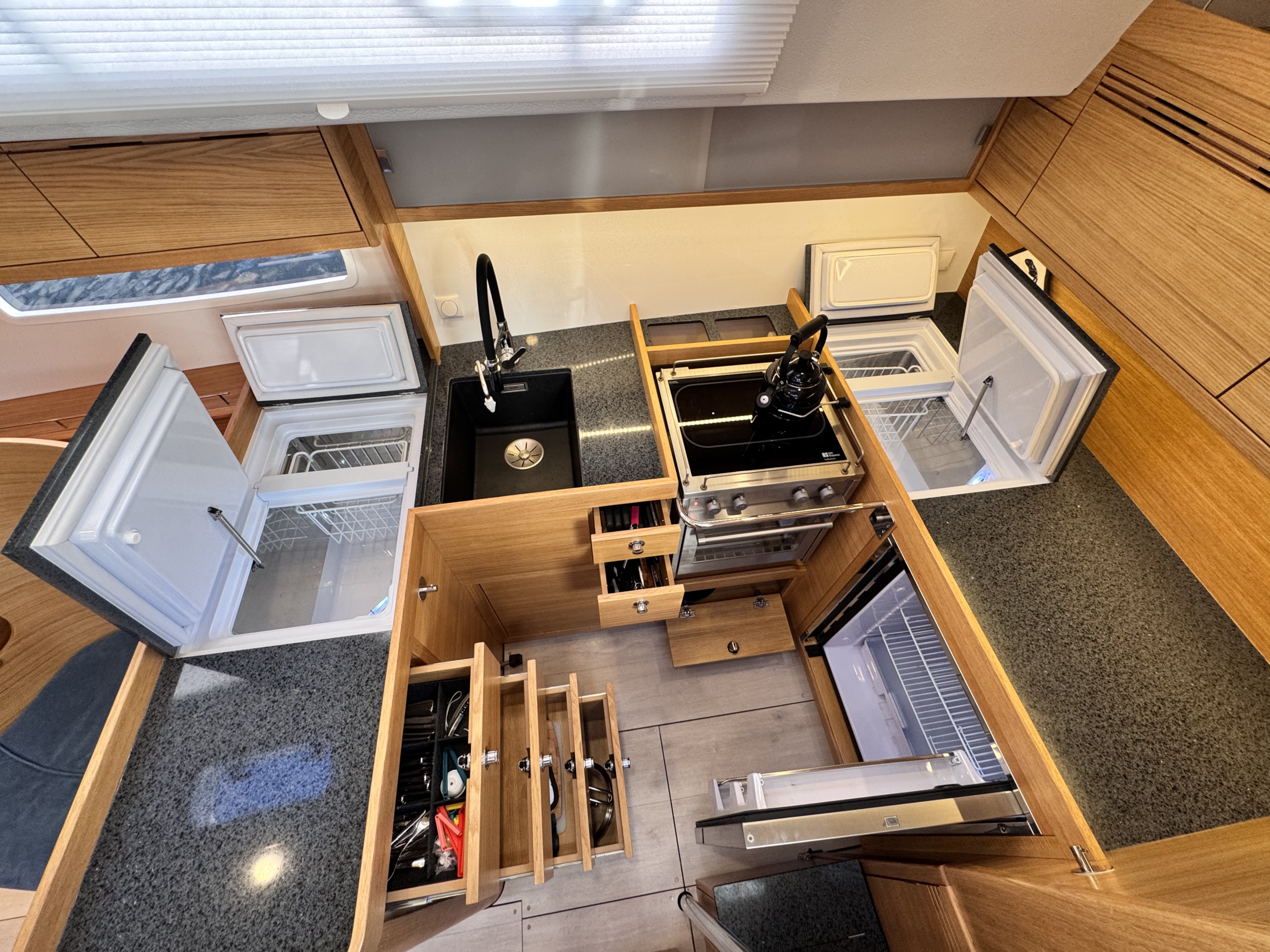
To achieve the desired self-sufficiency, there are now well-functioning alternative charging options in addition to high-quality chargers and improved alternators.
A wind generator, for example, is an effective and powerful solution that operates day and night as long as there is wind. However, mounting it on a stern mast is often not very aesthetically pleasing, and the noise can be disturbing.
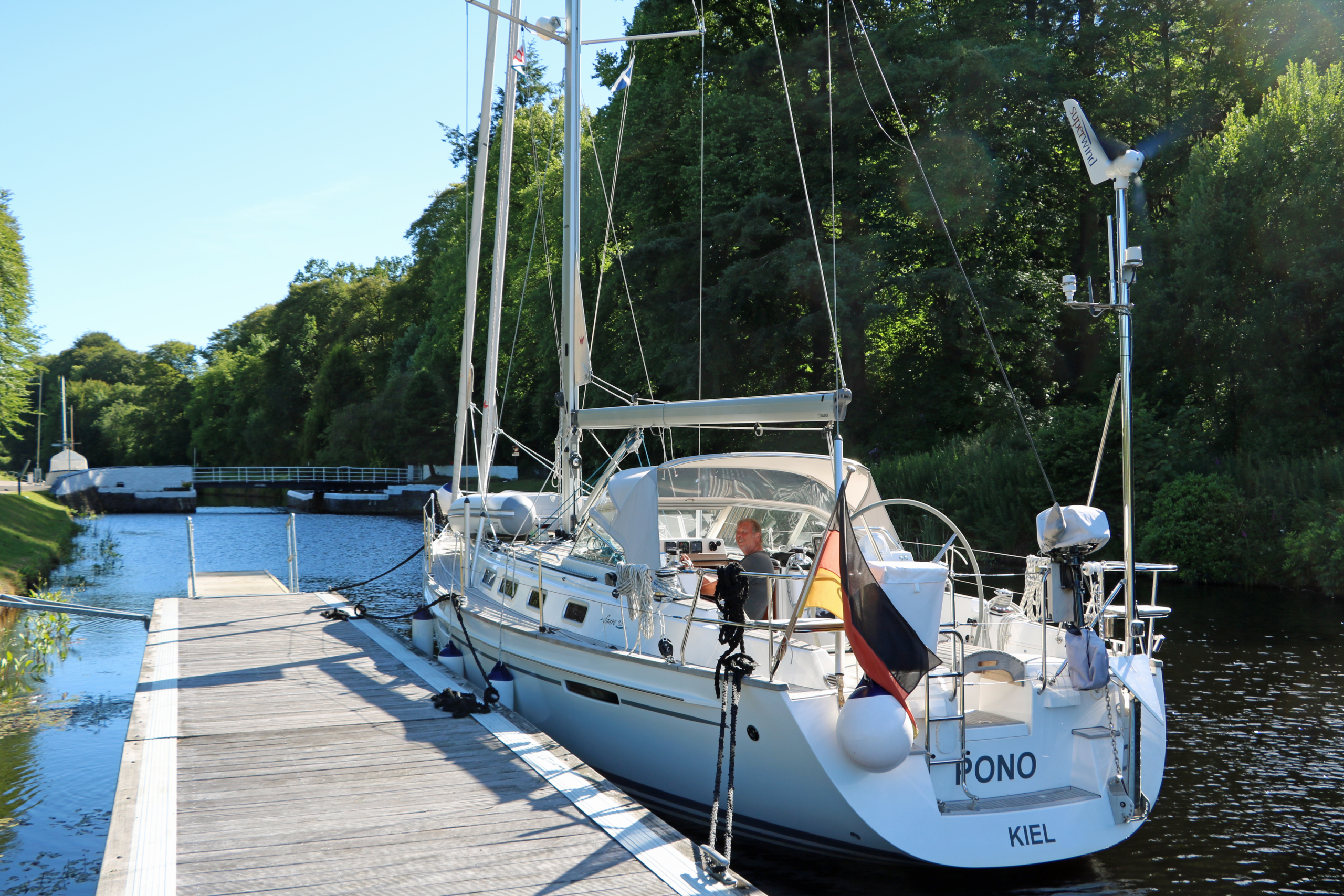
A hydrogenerator provides a good charging current as long as the boat is moving at a reasonable speed. The drag effect is negligible, and aesthetically, this solution poses no issues. However, a hydrogenerator only generates power while the boat is underway—it does not produce electricity when anchored.
Modern solar panels, on the other hand, are much more versatile. There are now highly efficient and powerful modules available on the market. Custom-made panels can be screwed or bonded onto the deck and superstructure. They are durable and even walkable. However, their charging efficiency is significantly reduced due to heat buildup, especially when the sun is at its strongest.
A better solution is to mount solar panels on the railing or install large panels on a stern-mounted equipment rack. These setups allow for better ventilation, making them much more effective.
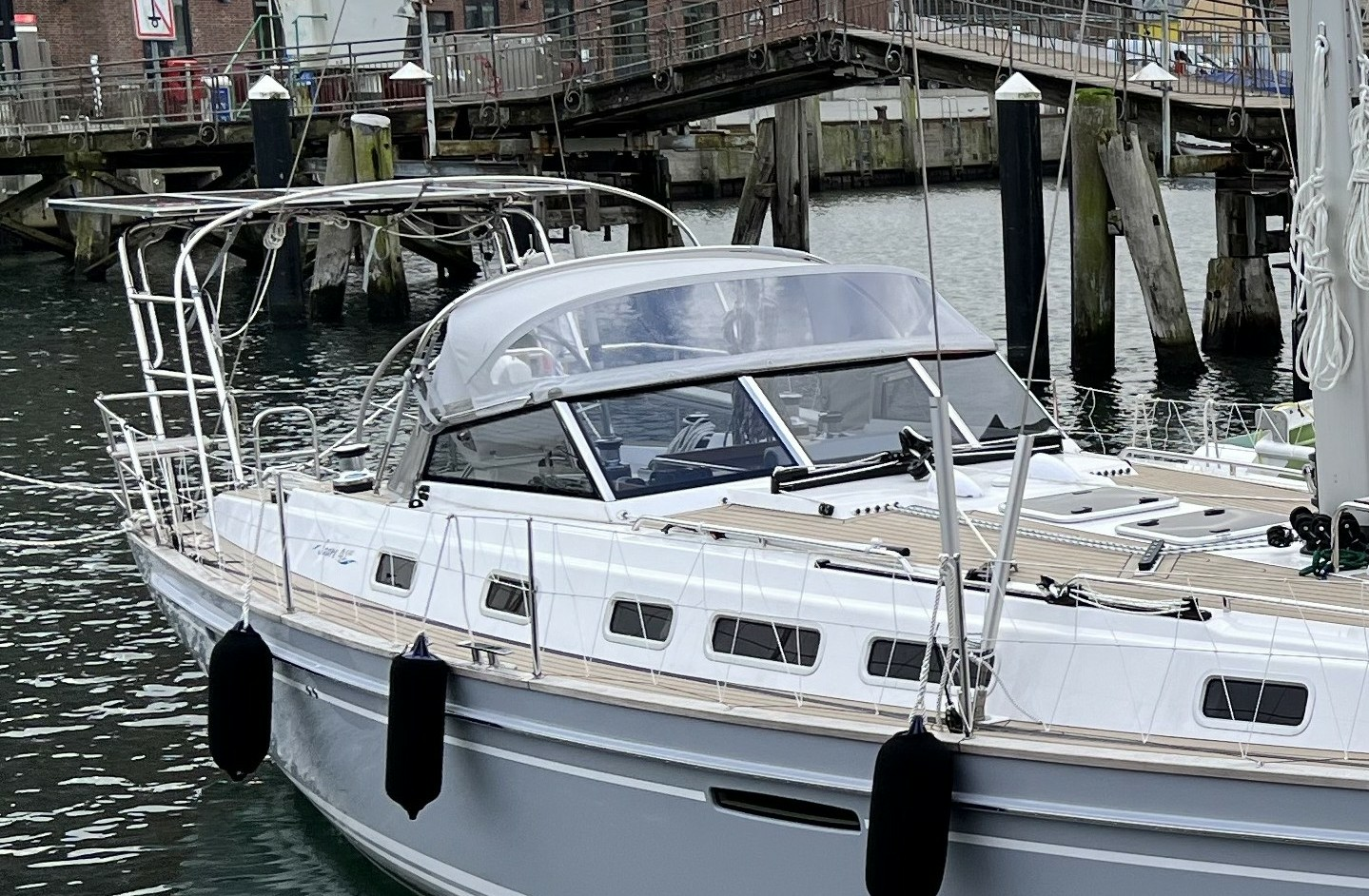
A solution that always works is a generator. It can be designed to be very powerful and can run while moored, at anchor, or at sea.
However, it is important to keep in mind that a generator is a diesel engine—it does not produce green energy, generates noise and exhaust fumes, and requires just as much maintenance as the main engine. Additionally, a generator is heavy, takes up a lot of space, and its diesel consumption must also be considered.
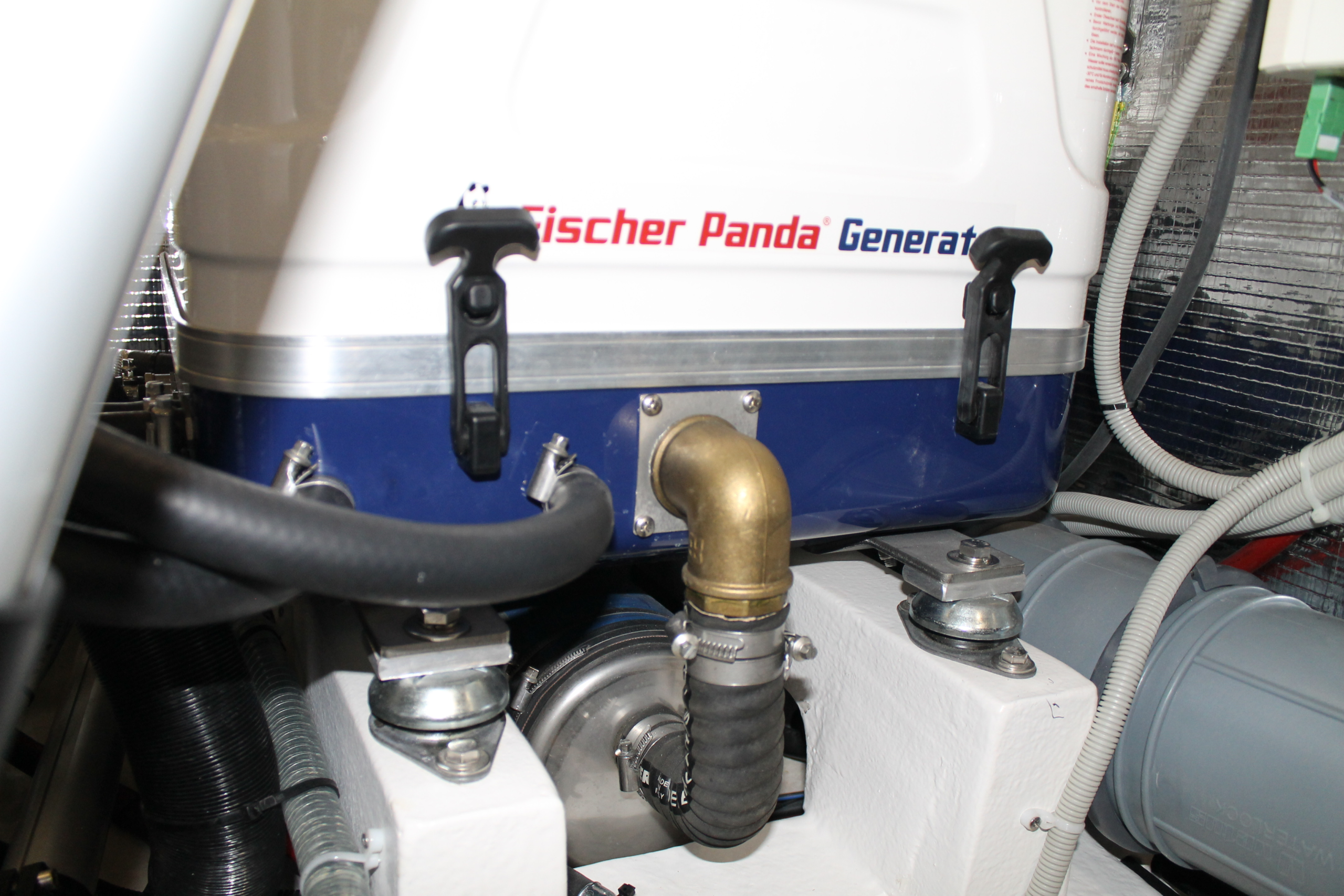
A fuel cell is a real alternative. It operates continuously, produces neither noise nor exhaust fumes, and requires very little space. However, its power output is relatively low, and the costs are quite high. For long-distance or global sailing, sourcing the necessary methanol fuel can be challenging.
For shorter journeys lasting only a few weeks, stocking up in advance eliminates this issue.
We have implemented and continuously refined all these solutions on various Saare Yachts. The best choice depends largely on the cruising area and the type of voyage. In many cases, a combination of different solutions is the most effective approach. We are happy to provide our customers with detailed consultations on these questions. Our approach is always based on using the best brand-name products and proven solutions.
Until now, almost all onboard systems have been based on 12V setups, originating from traditional 12V car batteries.
However, alternative battery technologies, such as lithium batteries, are becoming more common, and 24V systems are already in occasional use. Surprisingly, large shipyards have been slow to adopt this technology. In the automotive industry—especially in buses and trucks—24V systems have long been the standard. In yacht building, only the largest and most high-end yachts have been equipped with 24V or 48V systems so far.
At Saare Yachts, we offer 24V systems as standard or optional on all our models.
More on this topic and the compelling advantages of modern onboard power systems will be covered in part two of Innovative Onboard Electronics.

